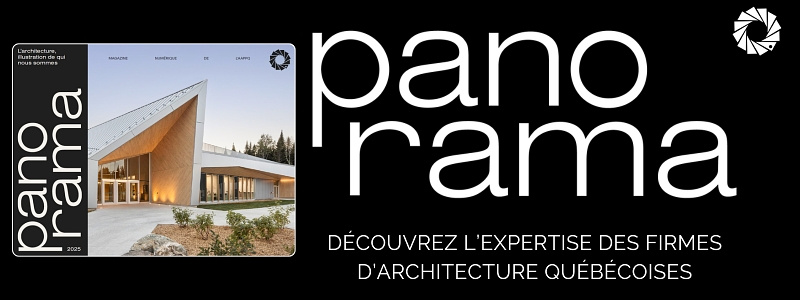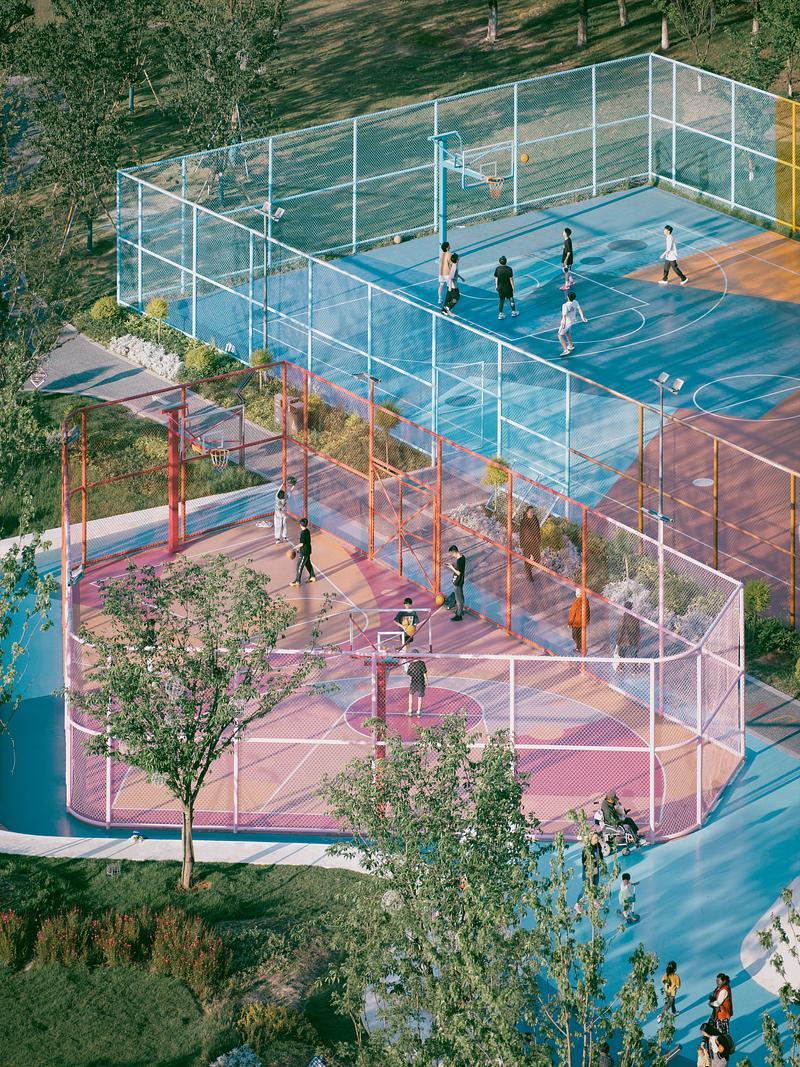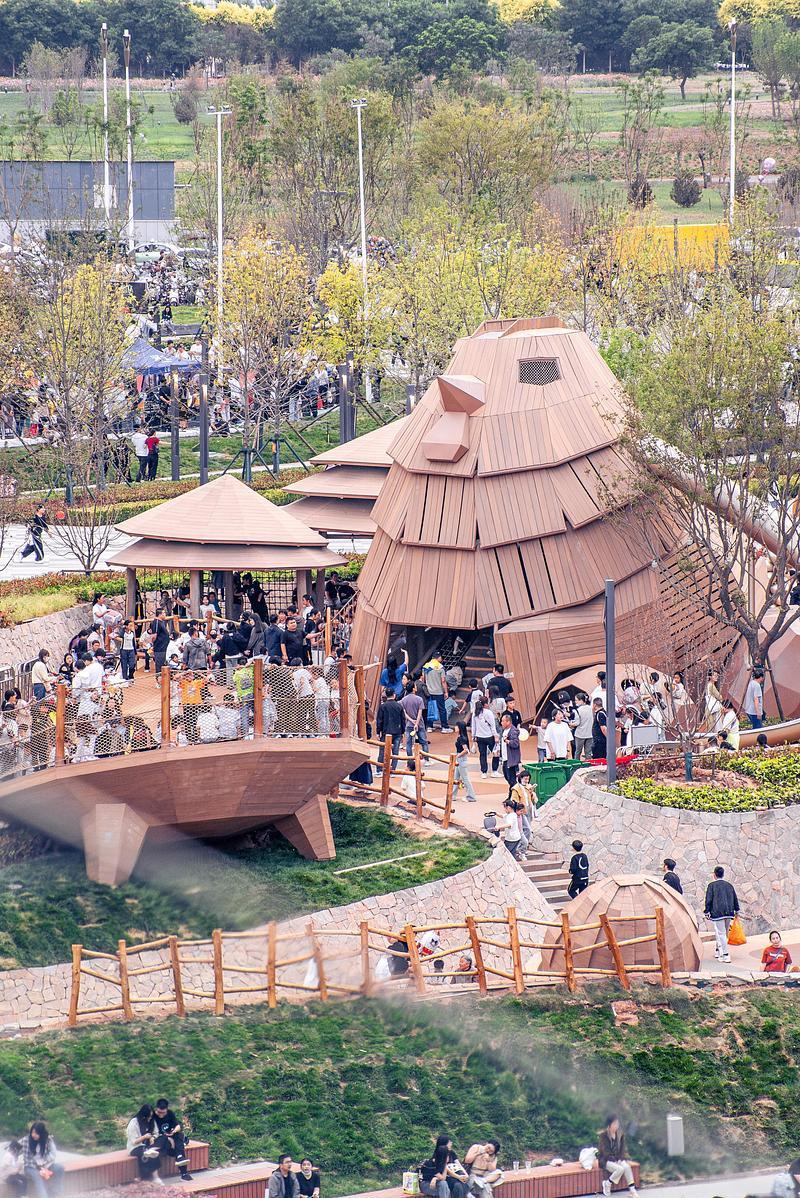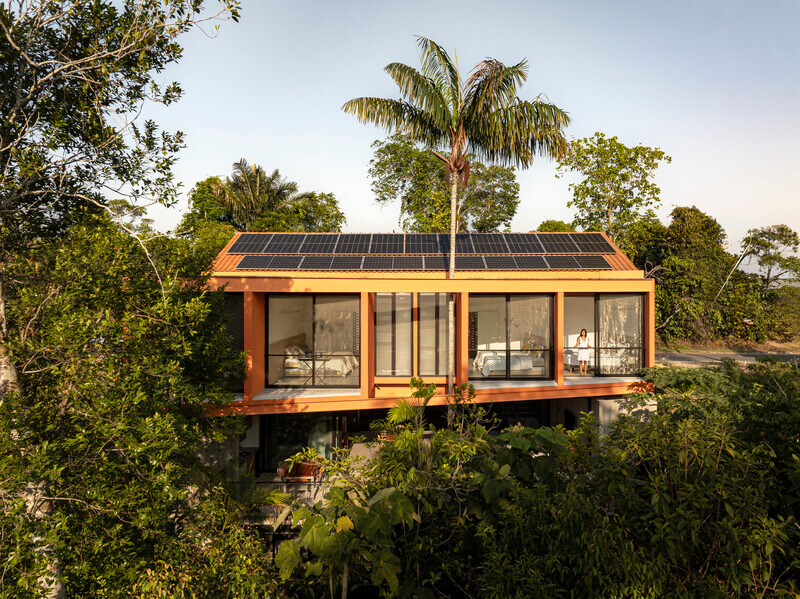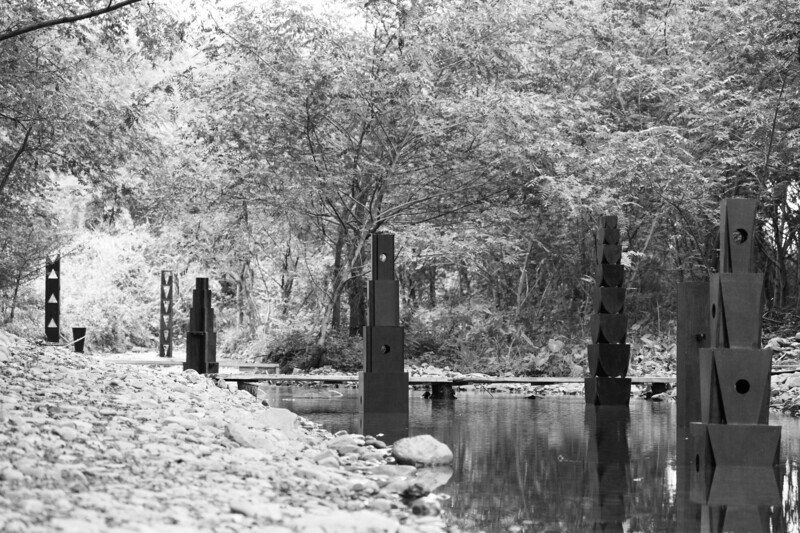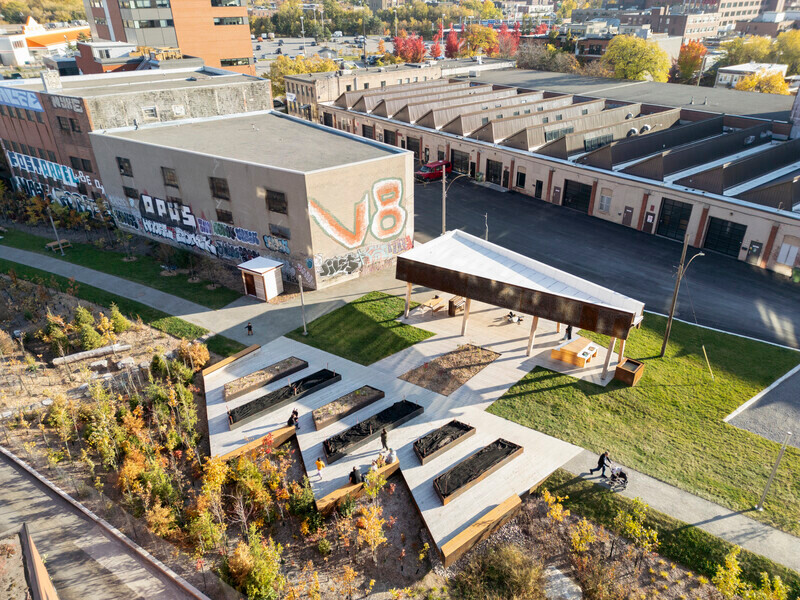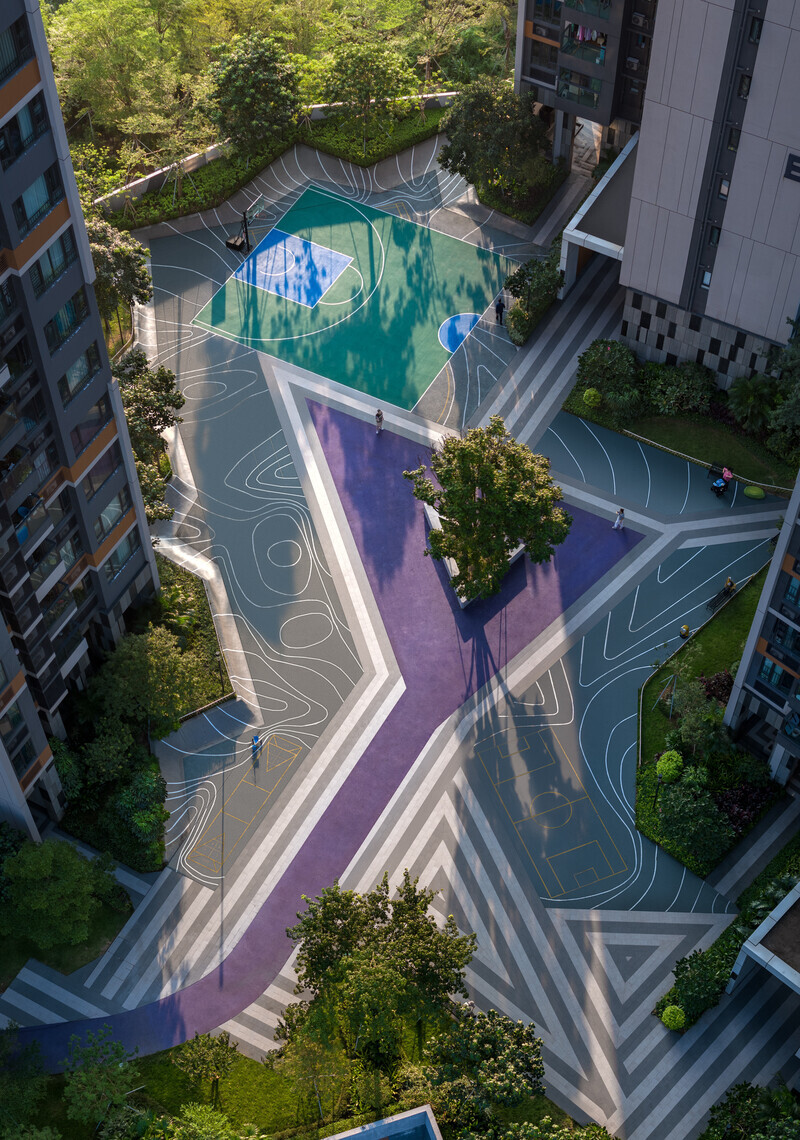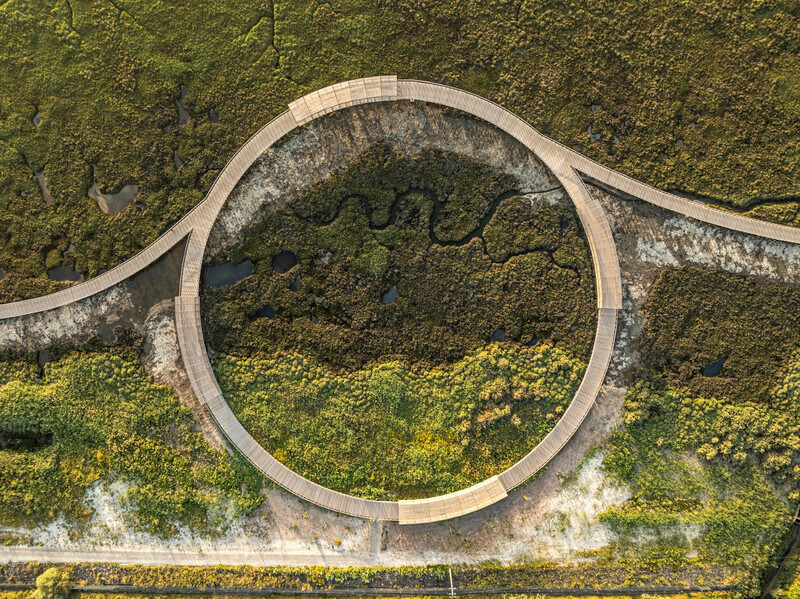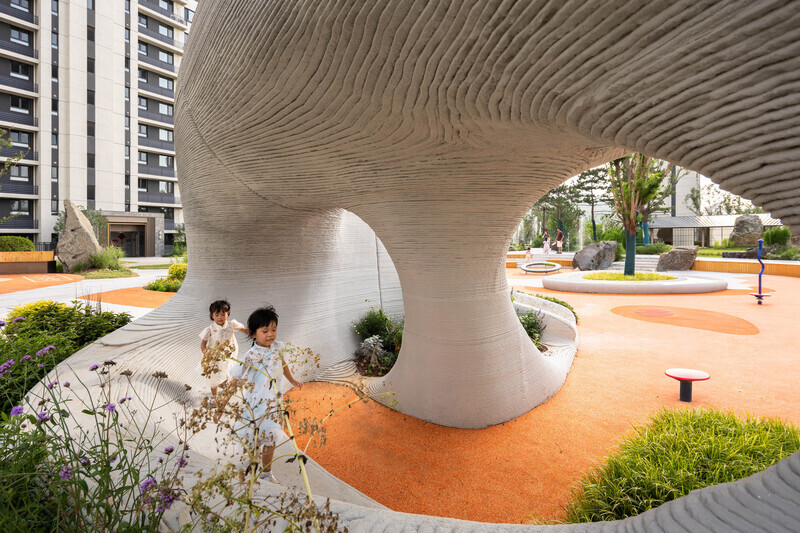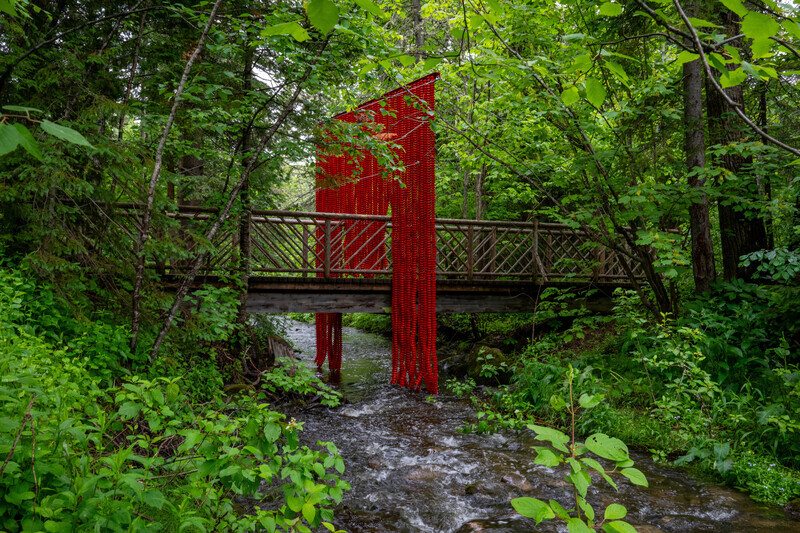
Dossier de presse | no. 7594-01
Communiqué seulement en anglais
Pollinator and Bird Garden, Designed by Didier Design Studio, Named Winner of International Sustainability Award
Didier Design Studio
Architizer recently announced the winners of the 2024 A+ Awards, the largest awards program focused on promoting and celebrating the year’s best architecture.
Didier Design Studio, a landscape architecture firm based in Fort Collins, Colorado, with expertise in all facets of design and planning, from vision to completion, was selected as the 2024 Jury Winner in Architizer’s Sustainable Landscape/Planning category for their project, “Where the Pollinators Are”. This category awards projects that incorporate sustainable systems and materials, and which follow best practices pertaining to ethical design, construction, and operation.
The Jury-winning project is the Pollinator and Bird Garden, located at The Arboretum at Penn State in State College, Pennsylvania. The project is a direct extension of an ongoing research agenda to understand and explain the recent decreases in pollinator and bird populations across the world.
Harland Patch, director of pollinator programming at the Arboretum, and assistant research professor for the Penn State College of Agricultural Sciences, said, “The garden is unique in that it puts together habitat design and design that is accessible and beautiful to humans with a very diverse mix of plants, many of which you will not see in any other garden.”
Understanding and reversing pollinator species disappearances around the world is critical to the continuation of human existence. In the face of environmental and economic disaster, many are left with a sense of powerless inevitability. In response, creative director of Didier Design Studio and lead designer of the Garden, Emmanuel Didier said, “The Pollinator and Bird Garden connects people with the issue of pollinator decline in specific, tangible ways, placing science in the forefront in the context of climate change. There is hope in that action.”
This agenda unfolds across the 3.5-acre garden and realizes three interrelated goals: to directly convey and interpret scientific research being conducted on site, to offer an engaging place for people to learn about pollinator and bird habitats, and to inspire visitors to implement urban habitats within their own private gardens. This latter goal has the potential to exponentially impact the spread of healthier ecological networks across already-developed landscapes.
To realize these goals, Didier assembled a team of design experts and framed the project as a collaborative journey with research staff at The Center for Pollinator Research at Penn State.
Grounded in years of research, the design approach transformed a level pasture to create a diverse set of ecological conditions that could support the wide range of plant species necessary to entice birds and pollinators throughout the seasons. The ground plane was sculpted into an activated terrain, forming a mosaic of seven soil conditions and pollinator-attuned mulches prescribed to create novel land typologies, from swales lined with clay, to loamy soils for wet meadows, and well-draining aggregate soils for dry conditions.
The sculpted terrain fosters a wide array of microclimates and conditions across the site, creating a diversity of ecotones and habitats through which pathways and trails are carefully choreographed to immerse visitors into the world of pollinators.
Of this curated experience, Didier said, "We often hear about the alarming amount of species of pollinators disappearing from OUR world today... but I think this garden offers a unique opportunity: to flip the experience, from pollinators in the world of people, to people in the world of pollinators. This garden is an agency in transforming this fundamental relationship: our position in the world today."
In its first year, the Pollinator and Bird Garden showcased 340 hardy plant taxa, of which 78% were native species or selections thereof. Plants were targeted toward species that would provide maximum life-cycle support for native insects – particularly pollinators – and the region’s resident and migratory birds. Today, the garden brims with life, inspiring care and action toward fostering habitat at individual and collective scales.
The Pollinator and Bird Garden was also a 2024 World Landscape Architecture Award Shortlist selection and, in 2022, won the American Society of Landscape Architecture - Colorado Honor Award.
Technical sheet
Name: Pollinator and Bird Garden
Location: State College, Pennsylvania
Client: The Arboretum at Penn State
Landscape Architect: Didier Design Studio, Lead Designer
Collaborators:
Planting Design: Phyto Studio
Architect: Lake|Flato Architects
Research: The Arboretum at Penn State and the Center for Pollinator Research (Shari Edelson, Harland Patch, Casey Sclar, Kim Steiner)
Civil Engineer: Herbert, Rowland & Grubic, Inc. - HRG
Electrical Engineer: Barton Associates Inc.,
Builder: Leonard S. Fiore, Inc.
Irrigation: Hydro Designs
Budget: $6.5 million
Size: 3.5 acres
Project Completion Date: 2021
Photographer: Rob Cardillo
About Didier Design Studio
Didier Design Studio is a landscape architecture firm with expertise in all facets of design and planning, from vision to completion.
The Studio shapes artful interventions that are purposeful and rooted in place. They practice design as a transformative process grounded in research and collaboration, and they measure success in terms of cultural relevance, ecological performance, and beauty.
Pour plus d’informations
Contact média
- Didier Design Studio
- Kate Davenport
- kate@didierdesignstudio.com
- +1 (970) 416-1018
Pièces jointes
Termes et conditions
Pour diffusion immédiate
La mention des crédits photo est obligatoire. Merci d’inclure la source v2com lorsque possible et il est toujours apprécié de recevoir les versions PDF de vos articles.
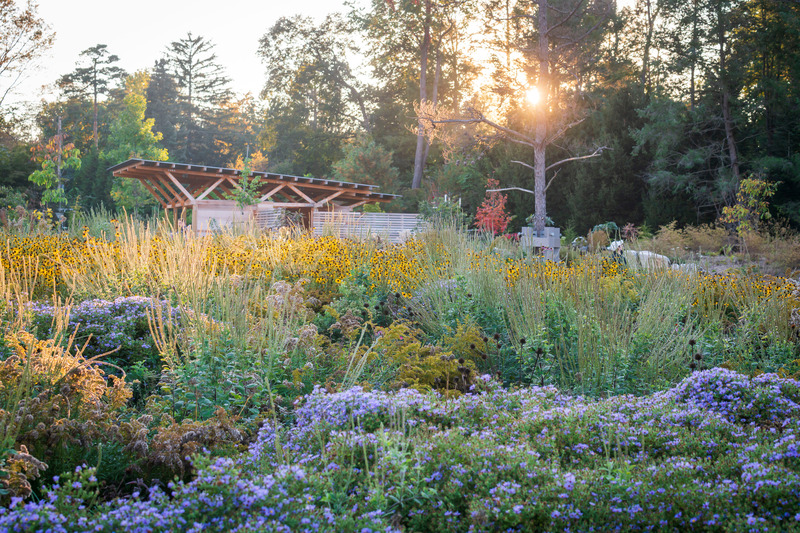
Image très haute résolution : 20.0 x 13.33 @ 300dpi ~ 4,9 Mo
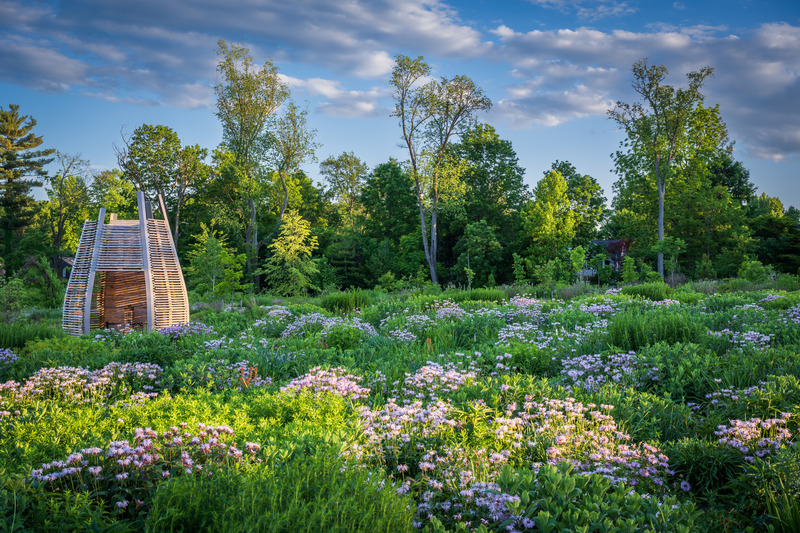
Image très haute résolution : 20.0 x 13.33 @ 300dpi ~ 6 Mo
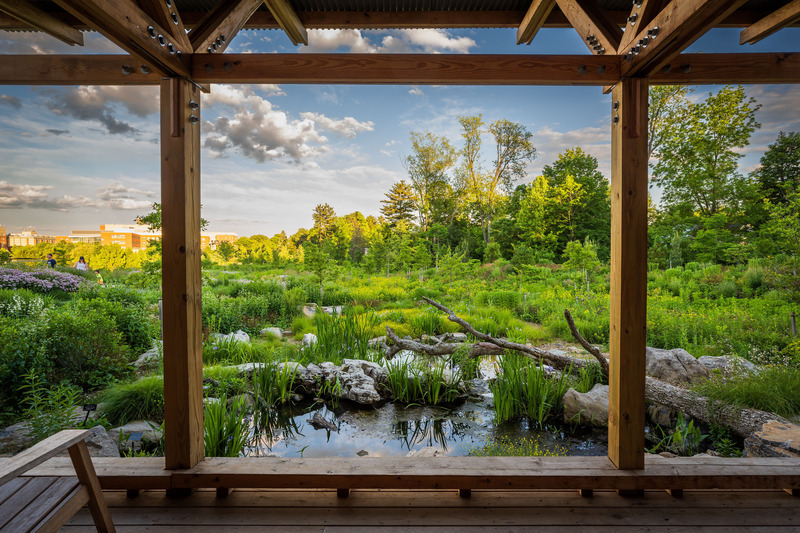
Image haute résolution : 15.0 x 10.0 @ 300dpi ~ 3,1 Mo
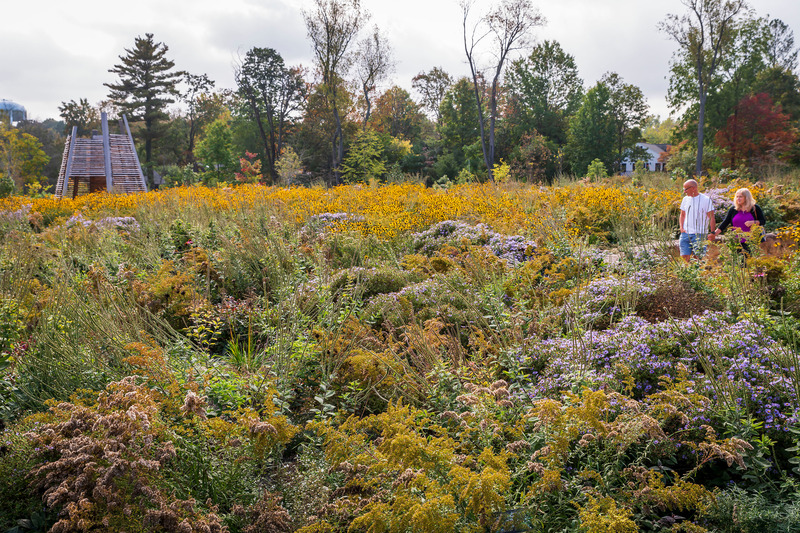
Image haute résolution : 16.0 x 10.67 @ 300dpi ~ 4,5 Mo
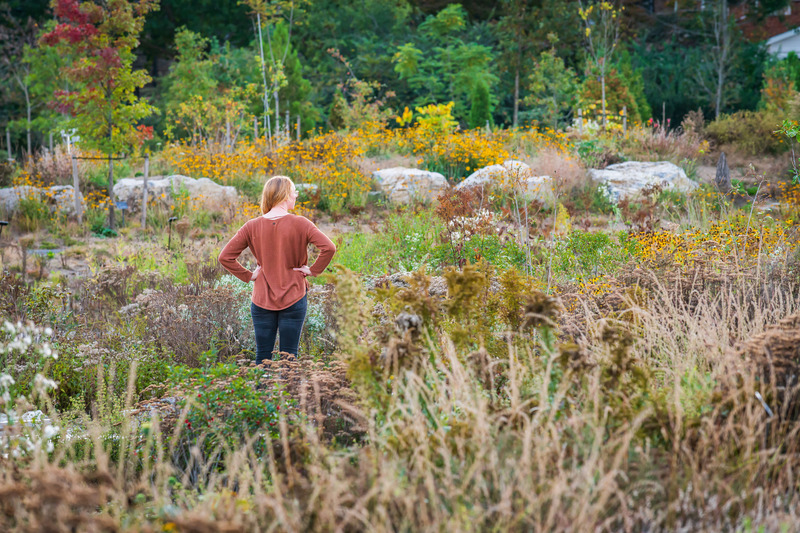
Image haute résolution : 15.0 x 10.0 @ 300dpi ~ 2,1 Mo
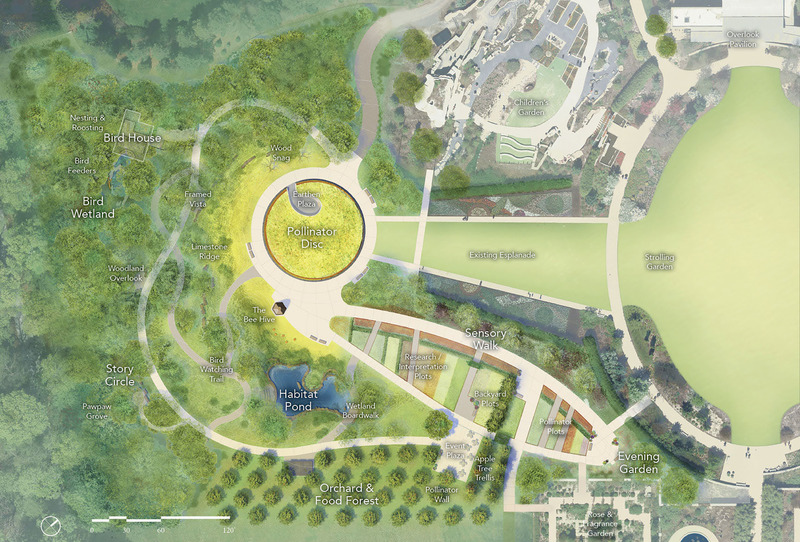
Image haute résolution : 14.76 x 10.0 @ 300dpi ~ 1,7 Mo
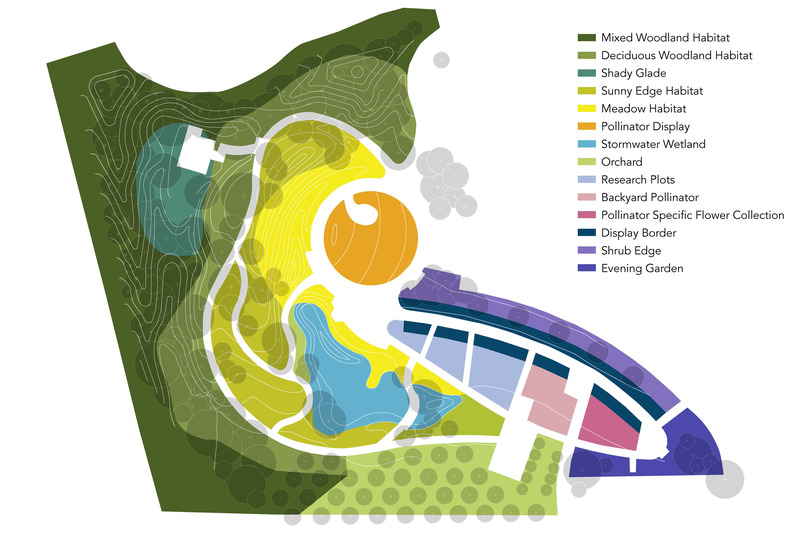
Phyto Studio
Image très haute résolution : 17.0 x 11.33 @ 300dpi ~ 970 ko
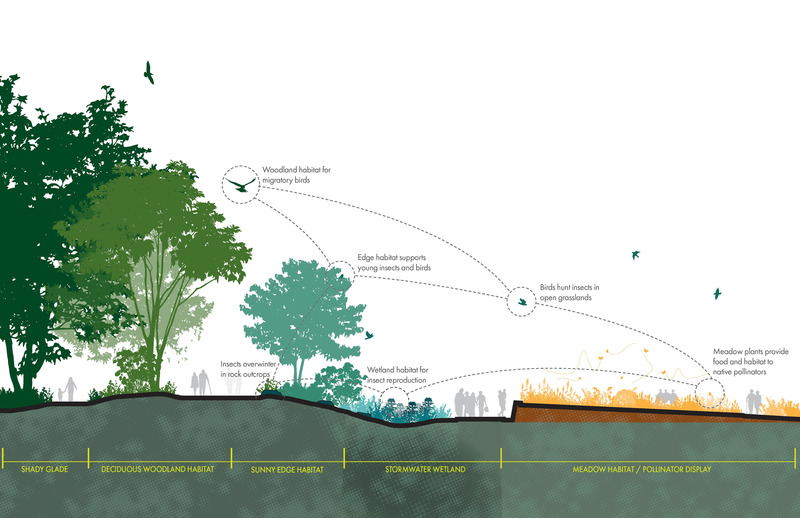
Image très haute résolution : 17.0 x 11.0 @ 300dpi ~ 1,2 Mo
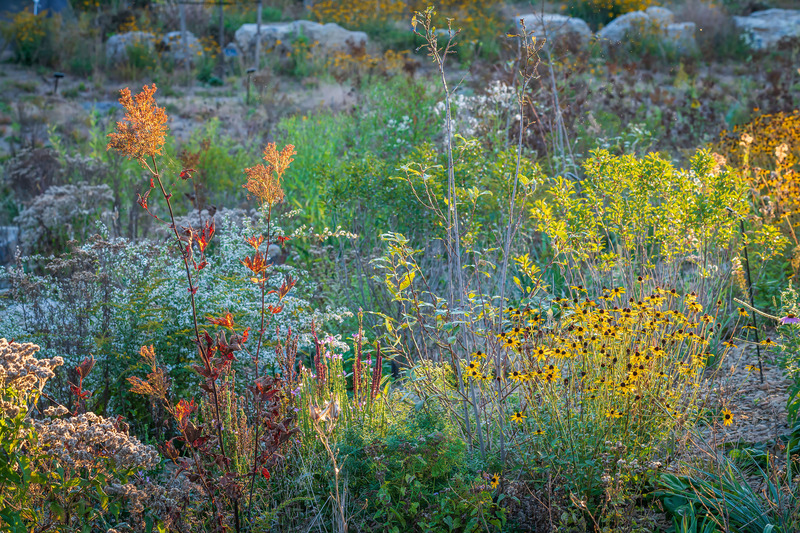
Image haute résolution : 15.0 x 10.0 @ 300dpi ~ 3,5 Mo
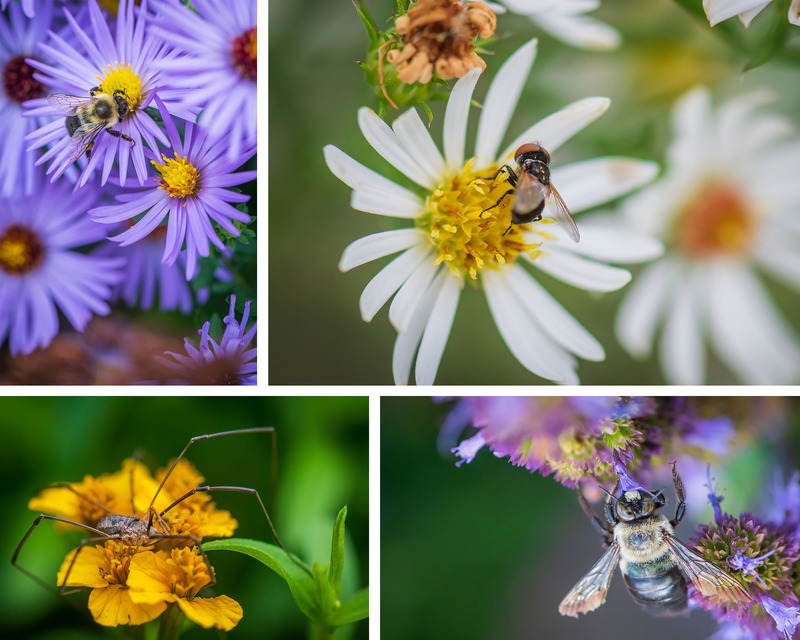
Image haute résolution : 12.5 x 10.0 @ 300dpi ~ 1000 ko
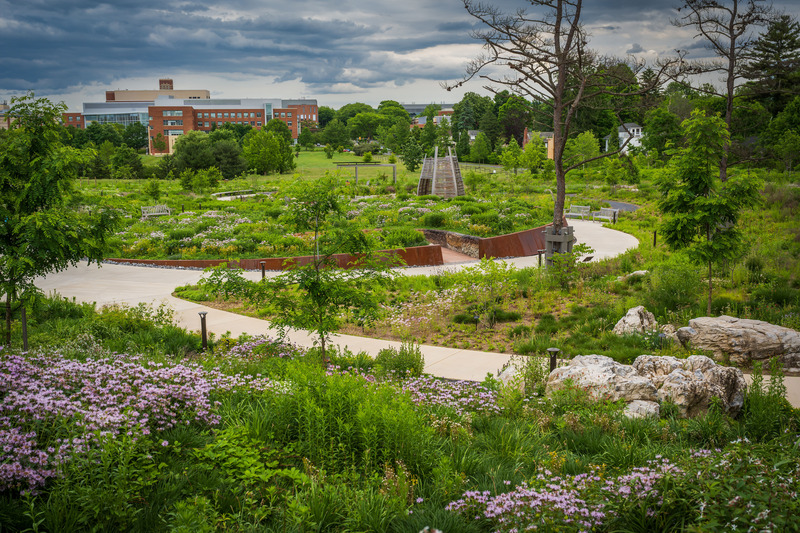
Image très haute résolution : 20.0 x 13.33 @ 300dpi ~ 5,7 Mo
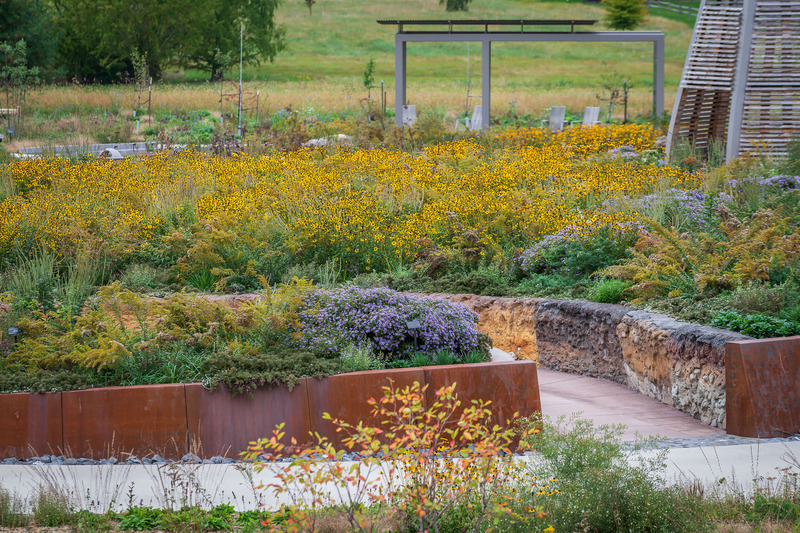
Image haute résolution : 15.0 x 10.0 @ 300dpi ~ 3,7 Mo
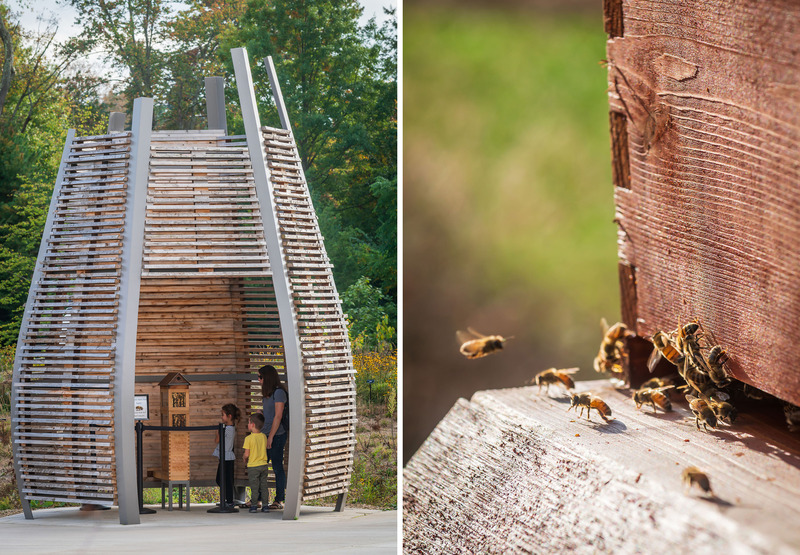
Image haute résolution : 14.43 x 10.0 @ 300dpi ~ 2,5 Mo
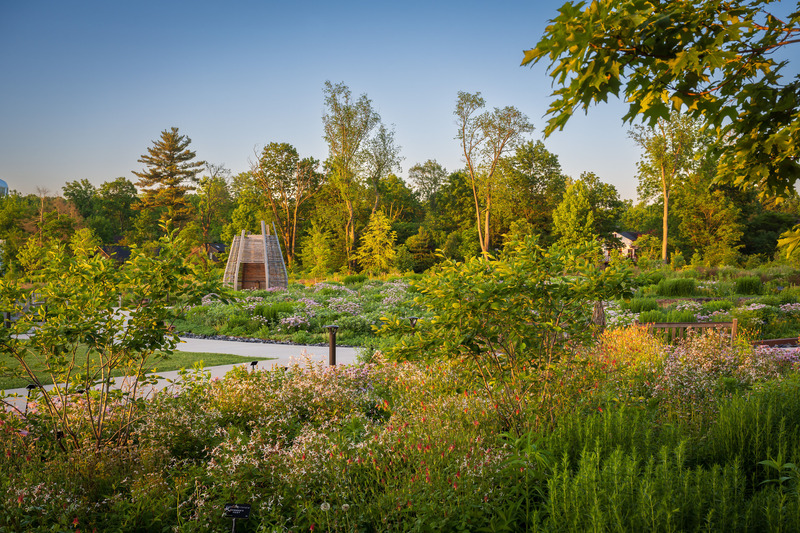
Image haute résolution : 15.0 x 10.0 @ 300dpi ~ 3,3 Mo
